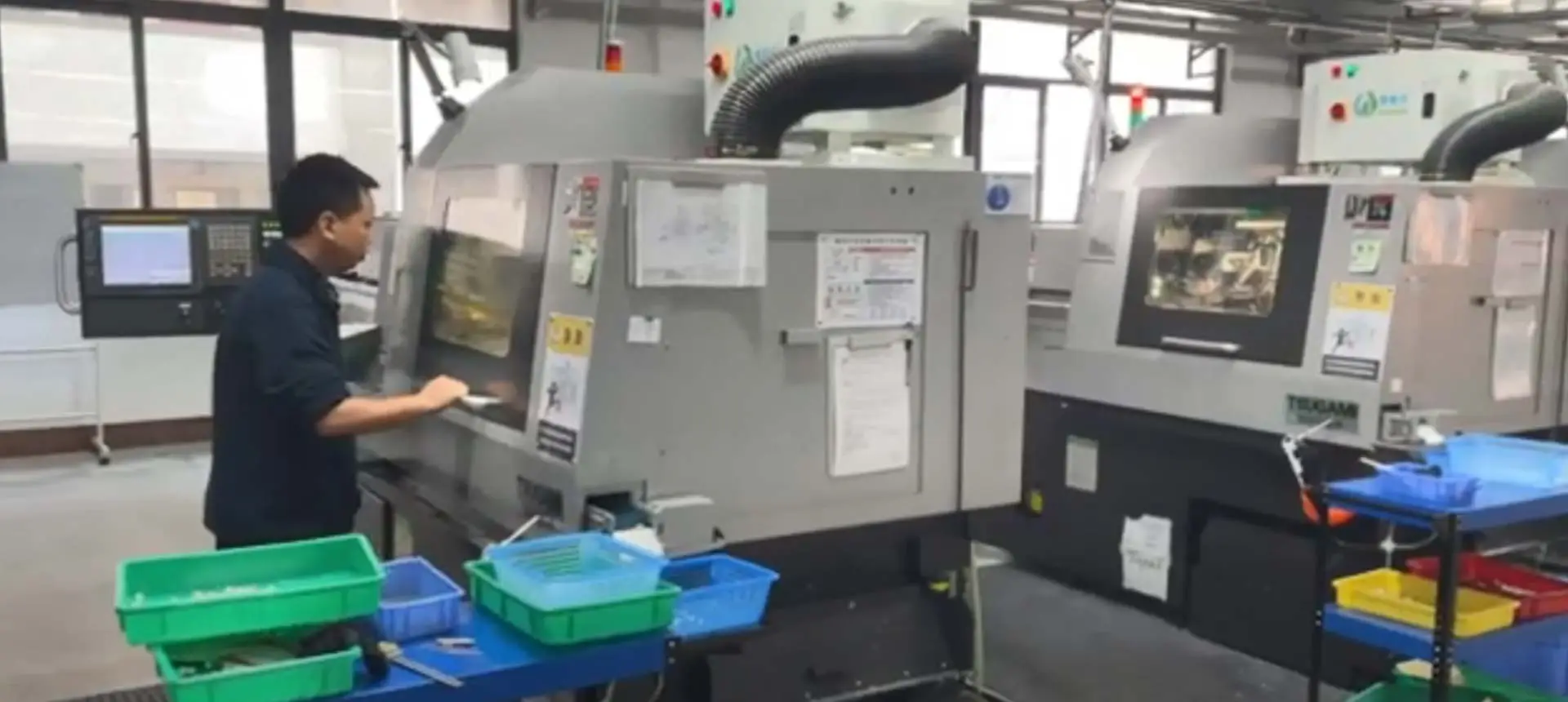
CNC Turning เป็นกระบวนการที่เครื่องกลึงใช้ในการขึ้นรูปวัตถุดิบเป็นผลิตภัณฑ์สำเร็จรูป เทคโนโลยีล่าสุดสำหรับชิ้นส่วนกลึง CNC เกี่ยวข้องกับการใช้ซอฟต์แวร์ขั้นสูงและระบบฮาร์ดแวร์ที่ช่วยให้การผลิตเร็วขึ้นแม่นยำขึ้นและมีประสิทธิภาพมากขึ้น เทคโนโลยีนี้รวมถึงการตรวจสอบแบบเรียลไทม์และระบบข้อเสนอแนะที่ช่วยให้ผู้ประกอบการสามารถปรับพารามิเตอร์เครื่องจักรกลในการบินเช่นเดียวกับเครื่องมือตัดขอบและโซลูชั่นการทำงานที่ปรับปรุงความแข็งแกร่งและลดเวลาในการตั้งค่า นอกจากนี้การรวมระบบอัตโนมัติและระบบหุ่นยนต์เข้ากับการเปิดซีเอ็นซีก็กลายเป็นเรื่องทั่วไปมากขึ้นช่วยให้มีประสิทธิภาพและประหยัดค่าใช้จ่ายมากยิ่งขึ้น โดยรวมแล้วเทคโนโลยีล่าสุดสำหรับชิ้นส่วนกลึง CNC กำลังปฏิวัติอุตสาหกรรมการผลิตโดยการปรับปรุงคุณภาพลดเวลานำและเพิ่มปริมาณงาน
บรรลุความแม่นยำกับชิ้นส่วนกลึง CNC ต้องมีการรวมกันของปัจจัยรวมทั้งเทคโนโลยีเครื่องขั้นสูงเครื่องมือที่มีคุณภาพสูงและผู้ประกอบการที่มีทักษะ กุญแจสำคัญในความแม่นยำอยู่ในการวางแผนอย่างระมัดระวังและการดำเนินการของกระบวนการตัดเฉือนโดยมุ่งเน้นไปที่การเพิ่มประสิทธิภาพพารามิเตอร์การตัดลดการสึกหรอของเครื่องมือและสร้างความมั่นใจในการตั้งค่าและการจัดตำแหน่งชิ้นงานที่เหมาะสม นอกจากนี้การตรวจสอบอย่างต่อเนื่องและมาตรการการควบคุมคุณภาพเป็นสิ่งจำเป็นสำหรับการรักษาความถูกต้องและความสอดคล้องตลอดการทำงานของการผลิต ด้วยเครื่องมือเทคนิคและความเชี่ยวชาญที่เหมาะสมการหมุน CNC สามารถบรรลุความแม่นยำและความแม่นยำในมิติในระดับสูงแม้ชิ้นส่วนที่ซับซ้อนที่สุด
ในขอบเขตของการใช้เครื่องจักรควบคุมเชิงตัวเลข (CNC) สองกระบวนการพื้นฐานการหมุนและการกัดมีบทบาทสำคัญในการสร้างวัตถุดิบให้เป็นส่วนประกอบที่ได้รับการออกแบบทางวิศวกรรมอย่างแม่นยำ การทำความเข้าใจความแตกต่างที่สำคัญระหว่างการหมุนและการกัดซีเอ็นซีเป็นสิ่งสำคัญสำหรับผู้ผลิตและวิศวกรที่มีเป้าหมายเพื่อเพิ่มประสิทธิภาพกระบวนการตัดเฉือนของพวกเขาและบรรลุผลลัพธ์ที่เหนือกว่า ในบทความนี้เราเจาะลึกถึงคุณสมบัติที่โดดเด่นของการกลึงซีเอ็นซีและการกัดการส่องแสงในการใช้งานเทคนิคและข้อดีของพวกเขา
การหมุน CNC: การหมุนเป็นกระบวนการตัดเฉือนที่ใช้เป็นหลักสำหรับส่วนประกอบทรงกระบอก ในระหว่างเครื่องจักรกลซีเอ็นซีสแตนเลส, ชิ้นงานหมุนบนแกนหมุนและเครื่องมือตัดตามแกนของการหมุนเพื่อสร้างรูปร่างวัสดุ กระบวนการนี้เหมาะสำหรับการสร้างชิ้นส่วนเช่นเพลาหมุดและพื้นผิวทรงกระบอก
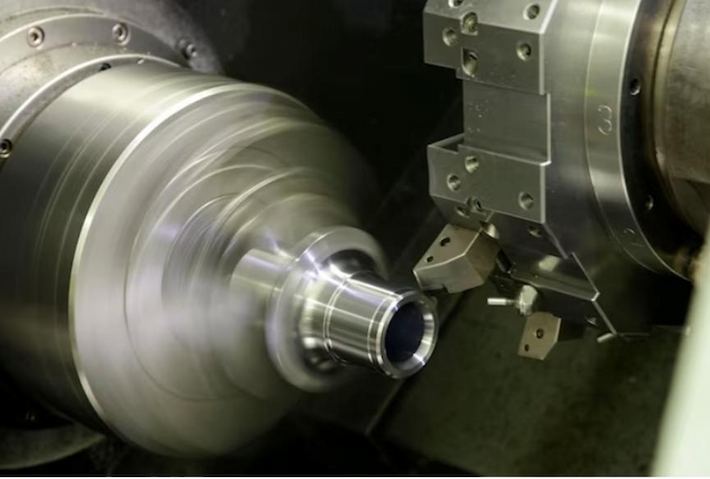
การกัด CNC: การกัดในทางกลับกันเกี่ยวข้องกับการกำจัดวัสดุจากชิ้นงานโดยใช้เครื่องตัดแบบหมุน ชิ้นงานยังคงหยุดนิ่งในขณะที่เครื่องมือของเครื่องกัดเคลื่อนที่ไปตามแกนหลายแกนเพื่อสร้างรูปร่างช่องและรูที่ซับซ้อน การกัด CNC นั้นใช้งานได้หลากหลายและใช้ได้กับ geometries ที่หลากหลาย
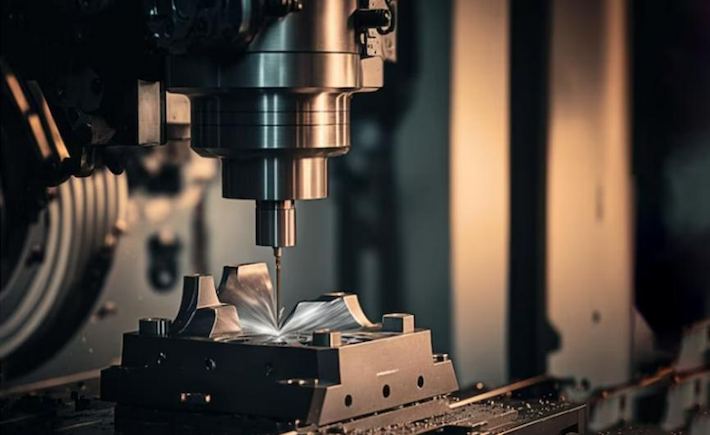
การหมุน CNC: เครื่องหมุนหรือที่เรียกว่าเครื่องกลึงมีการวางแนวแกนหมุนในแนวนอนหรือแนวตั้ง ชิ้นงานถูกยึดเข้ากับแกนหมุนซึ่งหมุนได้ทำให้เครื่องมือตัดเคลื่อนที่ขนานไปกับแกนหมุน
การกัด CNC: เครื่องกัดสามารถวางแนวแกนหมุนในแนวตั้งหรือแนวนอนได้ ในการกัดแนวตั้งแกนหมุนจะมุ่งเน้นในแนวตั้งในขณะที่ในการกัดแนวนอนแกนหมุนอยู่ในแนวนอน ความแตกต่างนี้ช่วยให้สามารถตัดได้หลายวิธี
การหมุน CNC: เครื่องมือกลึงมักจะเป็นเครื่องมือจุดเดียวที่ตัดวัสดุเป็นชิ้นงานหมุน เครื่องมือเคลื่อนที่รัศมีและแกนเพื่อสร้างส่วน
การกัด CNC: เครื่องมือกัดมักเป็นเครื่องมือหลายจุดและกระบวนการตัดเฉือนเกี่ยวข้องกับทั้งการหมุนและการเคลื่อนไหวเชิงเส้น การกัดช่วยให้สามารถใช้โรงงานท้ายโรงงานใบหน้าและ geometries เครื่องมือต่างๆเพื่อให้ได้ผลลัพธ์ที่เฉพาะเจาะจง
การหมุน CNC: การหมุนเหมาะที่สุดสำหรับชิ้นส่วนสมมาตรที่มีสมมาตรแบบหมุน มันเก่งในการสร้างคุณสมบัติเช่นร่องแท่งและรูปทรงบนพื้นผิวทรงกระบอก การใช้งานทั่วไปรวมถึงการผลิตส่วนประกอบทรงกระบอกเช่น bushings, เพลาและครีบ
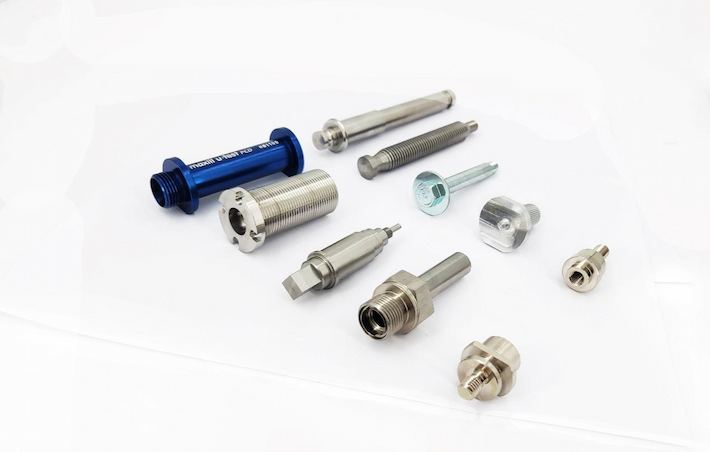
การกัดซีเอ็นซี: การกัดเป็น adept ที่ผลิตความหลากหลายของรูปร่างรวมทั้งกระเป๋าช่องและรูปทรงสามมิติที่ซับซ้อน ความเก่งกาจนี้ทำให้การกัดเหมาะสำหรับส่วนประกอบที่ซับซ้อน การกัดเหมาะสำหรับการใช้งานที่หลากหลายรวมถึงการสร้างส่วนประกอบที่ซับซ้อนสำหรับอุตสาหกรรมการบินและอวกาศยานยนต์และการแพทย์
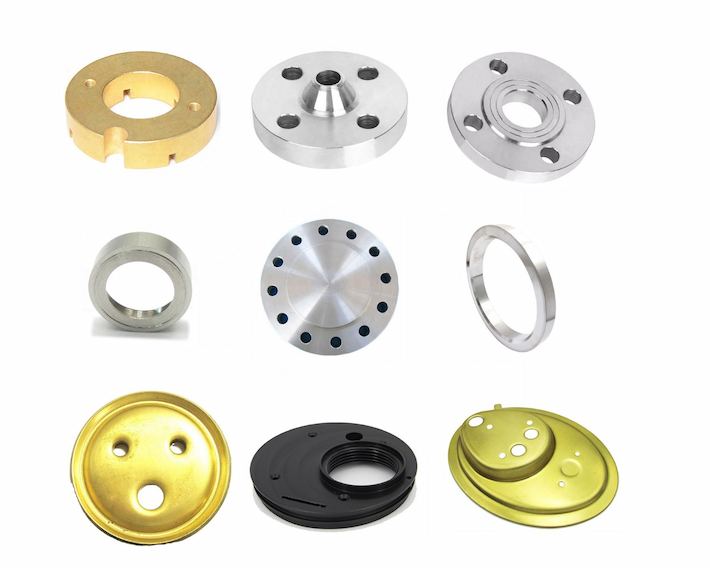
สรุปการกลึงและการกัดซีเอ็นซีเป็นกระบวนการตัดเฉือนที่แตกต่างกันโดยแต่ละชุดมีข้อดีและการใช้งานของตัวเอง ทางเลือกระหว่างการหมุนและการกัดขึ้นอยู่กับปัจจัยต่างๆเช่นรูปทรงเรขาคณิตวัสดุและความต้องการของโครงการที่ต้องการ โดยการทำความเข้าใจความแตกต่างระหว่างการหมุนและการกัดการเลือกวิธีการตัดเฉือนที่เหมาะสมอาจส่งผลให้การผลิตผลิตภัณฑ์ที่มีคุณภาพสูง
ในขอบเขตของเครื่องจักรกลซีเอ็นซี HHC (HHC) โดดเด่นเป็นทางเลือกสูงสุดสำหรับการเปลี่ยนเครื่องกลึงซีเอ็นซีนำเสนอความเชี่ยวชาญที่เหนือชั้นและโซลูชันที่กำหนดเอง นี่คือเหตุผลสำคัญที่การเลือก HHC คือการตัดสินใจเชิงกลยุทธ์:
เป็นมืออาชีพโรงงานชิ้นส่วนความแม่นยำสูงHHC เก่งในการพัฒนาแม่พิมพ์แบบกำหนดเองและการออกแบบโซลูชันที่ปรับแต่งให้เป็นโซลูชันการผลิตส่วนบุคคล ความเชี่ยวชาญของเราอยู่ในการสร้างแม่พิมพ์ bespoke เพื่อให้มั่นใจถึงความแม่นยำและเอกลักษณ์ของส่วนประกอบที่เหมาะกับความต้องการของโครงการเฉพาะของคุณ
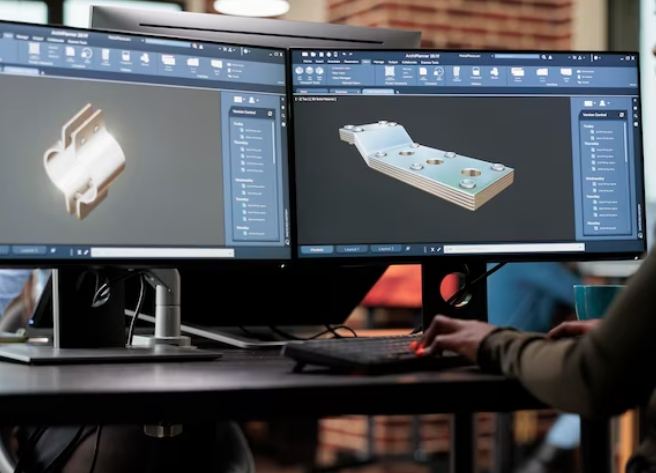
ที่ HHC คุณภาพเป็นรากฐานที่สำคัญของเรา ยึดมั่นในมาตรฐานสากลเช่น ISO9001 IATF16949และ ISO13485เป็นต้นเรารับประกันความเป็นเลิศในทุกผลิตภัณฑ์ กระบวนการควบคุมคุณภาพที่เข้มงวดของเราช่วยให้มั่นใจได้ว่าส่วนประกอบแต่ละชิ้นไม่เพียงแต่ตรงตามแต่เกินความคาดหวังของลูกค้าสร้างความไว้วางใจและความน่าเชื่อถือ
HHC ภูมิใจนำเสนอสวนอุตสาหกรรมที่สร้างขึ้นเองในแนวตั้งรวมห่วงโซ่การผลิตของเราเพื่อประโยชน์ด้านต้นทุนที่แตกต่างกัน กระบวนการผลิตที่มีประสิทธิภาพและการผสานรวมแนวตั้งของเราช่วยเพิ่มประสิทธิภาพการทำงานทำให้เราสามารถตอบสนองงบประมาณด้านต้นทุนของคุณได้โดยไม่กระทบต่อคุณภาพ
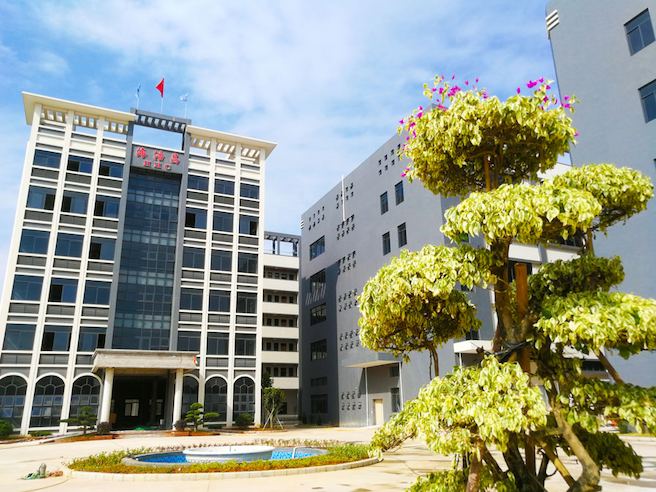
สรุปแล้ว HHC CNC lathing Turning นำเสนอการตัดเฉือนที่แม่นยำมากกว่า เลือก HHC สำหรับการเดินทางร่วมกันที่ผสานความเป็นเลิศที่กำหนดเองด้วยคุณภาพที่เหนือชั้นทั้งหมดในขณะที่เพิ่มประสิทธิภาพค่าใช้จ่าย
ในโลกของการตัดเฉือนที่แม่นยำการหมุน CNC เป็นกระบวนการอเนกประสงค์ที่มีชื่อเสียงในด้านความสามารถในการสร้างรูปทรงต่างๆด้วยความแม่นยำและประสิทธิภาพ นี่คือการสำรวจรูปร่างที่รัดกุมของการกลึง CNC สามารถผลิตได้:
CNC กลึง excels ในงานหัตถกรรมรูปทรงกระบอกทำให้เหมาะสำหรับการผลิตส่วนประกอบเช่นเพลาหมุดและ bushings. กระบวนการนี้ช่วยให้มั่นใจได้ถึงความสม่ำเสมอและความแม่นยำในโปรไฟล์ทรงกระบอก
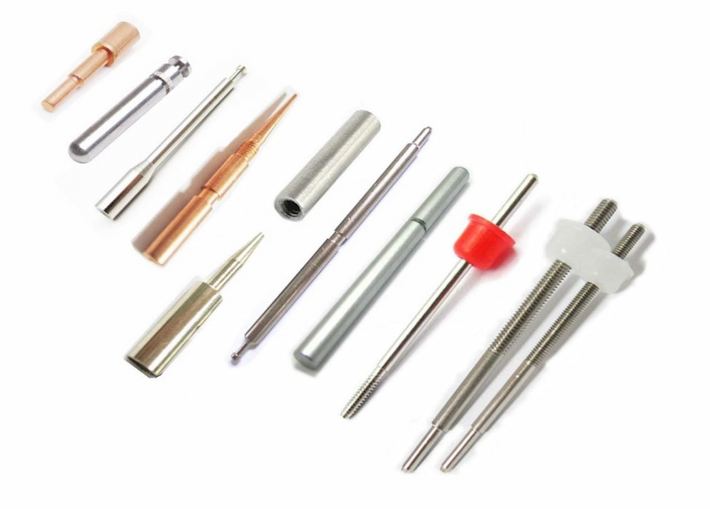
การหมุน CNC มีความเชี่ยวชาญในการสร้างแท่งและรูปทรงกรวย ความสามารถนี้มีค่าสำหรับการใช้งานที่ชิ้นส่วนต้องมีการลดหรือการขยายตัวอย่างค่อยเป็นค่อยไปในเส้นผ่าศูนย์กลาง
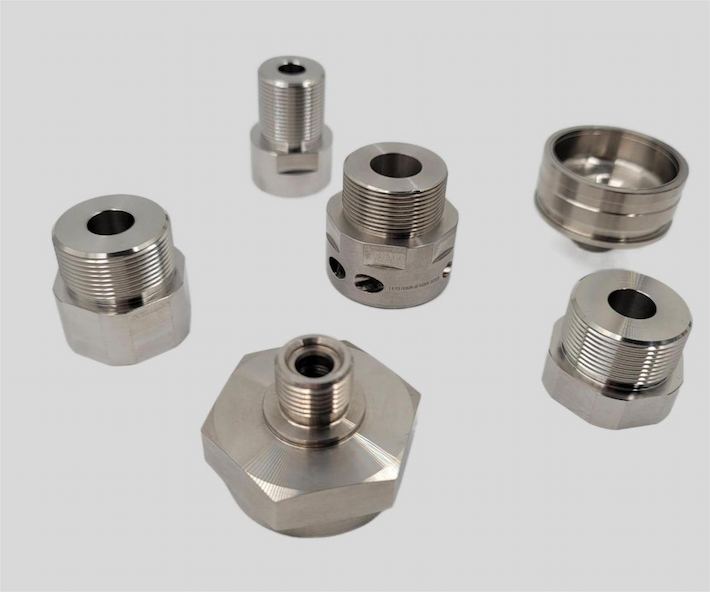
กระบวนการนี้ได้รับการขึ้นรูปร่องที่ซับซ้อนและรูปทรงบนพื้นผิวทรงกระบอก ทำให้การหมุน CNC เหมาะสำหรับส่วนประกอบที่มีคุณสมบัติโดยละเอียดช่วยเพิ่มฟังก์ชันการทำงานและสุนทรียศาสตร์
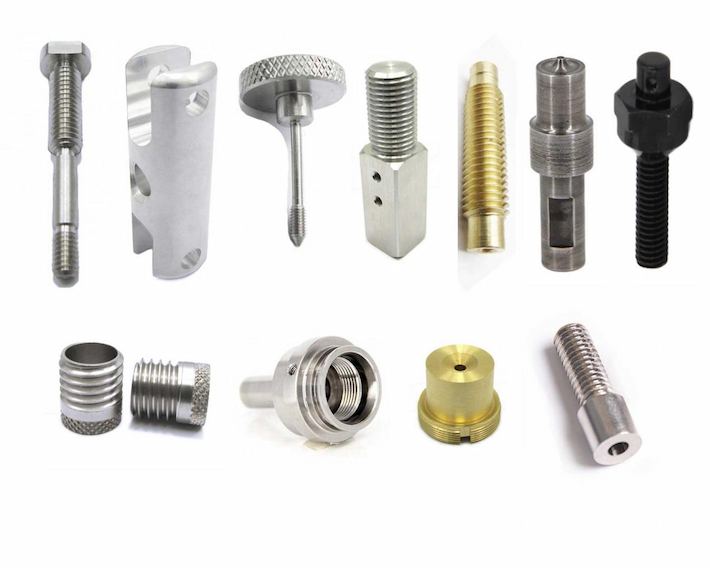
ในขณะที่ส่วนใหญ่เกี่ยวข้องกับรูปทรงกระบอก CNC Turning ยังสามารถใช้ในการผลิตส่วนประกอบทรงกลม ความเก่งกาจนี้ขยายช่วงของรูปร่างที่ทำได้

การหมุน CNC สามารถจัดการกับรูปทรงที่ซับซ้อนรวมถึงรูปร่างที่มีเส้นผ่าศูนย์กลางที่แตกต่างกันและรายละเอียดที่ซับซ้อน ทำให้เป็นกระบวนการที่มีค่าสำหรับการประดิษฐ์ส่วนประกอบที่หลากหลายและกำหนดเอง
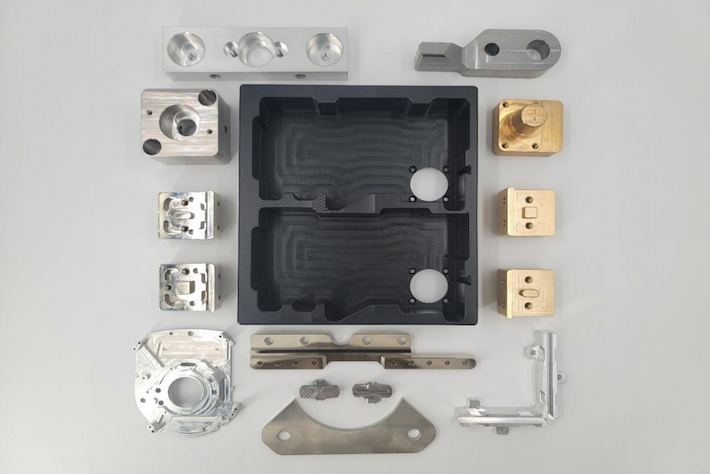
สรุปการหมุนซีเอ็นซีไม่จำกัดเฉพาะรูปร่างที่เฉพาะเจาะจงการปรับตัวของมันช่วยให้การสร้างความหลากหลายของส่วนประกอบตั้งแต่รูปแบบทรงกระบอกที่เรียบง่ายไปจนถึงรูปทรงที่ซับซ้อนและซับซ้อน ความแม่นยำและประสิทธิภาพของการหมุน CNC ทำให้เป็นทางเลือกที่ดีสำหรับการสร้างชิ้นส่วนต่างๆในของจริง


